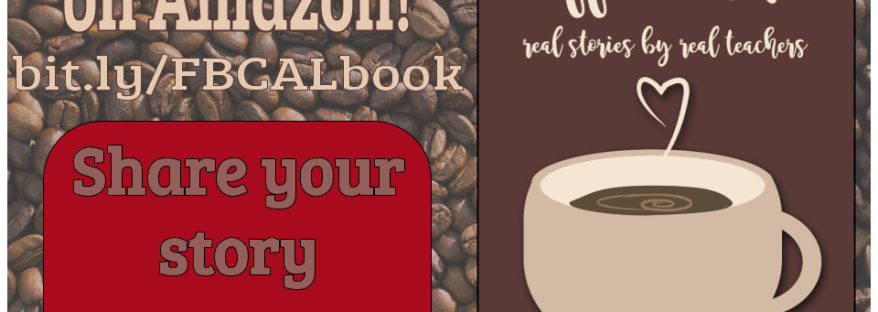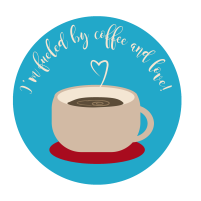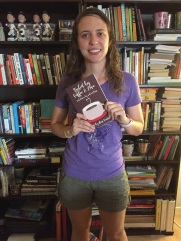2017 has been an okay year. Just okay. Not the 100% fearless year I was hoping for, however I had some phenomenal opportunities to learn and grow thanks to some fantastic friends. One big thing I learned is that being fearless isn’t a heroic feeling, sometimes it feels like the worst thing ever because I’m doing what’s right, not what’s easy.
Where I Was (December 2016)
- I was getting more involved in presenting around California and the rest of the country. It is always fun to travel and meet new people!
- I was contemplating where I want to be in 5 and 10 years. (Spoiler: I still don’t have an answer…)
- You can read more about where I was a year ago in my 2016 in Review post.
Where I Am (January – December 2017)
- In January I transformed the old lab desks in my classroom into whiteboard desks. My students love using their desks to diagram science concepts and provide feedback.
- I started Virtual Vikings, a monthly BathroomPD newsletter for my school–it has been a huge hit!
- I got closer to fantastic individuals, Meagan Kelly and Aubrey Yeh. I can confidently say these two push me beyond where I think I can go, and are constantly sources of real and honest conversations. They’ve taught me to dig deep and address how I’m feeling, why I’m feeling that way, and take a step back before making a decision.
- In March I was awarded CUE’s Emerging Teacher of the Year and in June I was honored with an ISTE Emerging Leader award. Both of these are humbling, especially knowing there are many other deserving individuals. I am grateful that someone took the time to nominate me.

Receiving my 2017 CUE Emerging Teacher of the Year award - In July, Fueled by Coffee and Love: Real Stories by Real Teachers was published (buy yourself a copy on Amazon here!). I loved collecting stories from teachers all over the world, and sharing them with you all. (Volume 2 to be published in 2018!)
- I keynoted my first EdTechTeam summit in November in Redding, CA. This was definitely an opportunity to be fearless. I was nervous, but also felt confident knowing I had fantastic people supporting me along the way.
- One of my favorite classroom things in 2017 has been my weekly science lessons with our mod/severe special ed class. I adore their teacher, and I love coming in and doing science with her class. Last spring, we did a unit on plants. This fall, we did units on 5 senses, nutrition, and chemical reactions. Next year, we’re looking forward to integrating some of her class into my class for labs and activities!

5 senses activity with my favorite mod/severe class - This fall, I had my very first student teacher. It was an incredible growth opportunity for both of us–I supported her as she began her teaching journey, and she forced me to be more reflective on why I make certain classroom decisions. We debriefed everything! And, it got me into more friends’ classrooms, not just to say hi, but to observe and learn.
- Personally, I did a much better job of keeping balance this year! I created rest habits by not working on Sundays and doing less school-related work at home. Meagan, Aubrey, and I came up with our “work rules” to keep us accountable. Being less stressed is definitely a journey, and I’m actually enjoying the ride. In order to rest more, I’ve renewed my love of crocheting; my favorite part is that I can’t play on my phone or computer while crocheting! Double win!
each fingertip on this hand cutout has a different material for hard, soft, squishy, rough, and smooth
Where I Am Going (2018 and beyond)
- One of the biggest lessons I learned in 2017 is that I need to be intentional about surrounding myself with people who have my back, are willing to ask me tough questions, and will support me no matter what. In turn, I have had the opportunity to be that friend in return!
- I look forward to continuing to present and share my love of edtech with all y’all.
I’ll keep blogging. I wrote about 2x a month in 2017, and I’ll either keep that pace or increase it slightly. Speaking of blogging, I’m moving my blog over to WordPress in early January…stay tuned! - I’m looking forward to reading lots more books in 2018. There are a bunch of debut YA novels I already preordered for 2018! (I’m always taking recommendations for any and all books.) I finished 56 books in 2017, including 26 audiobooks and 30 books. I’d like to read at least this much in 2018.











